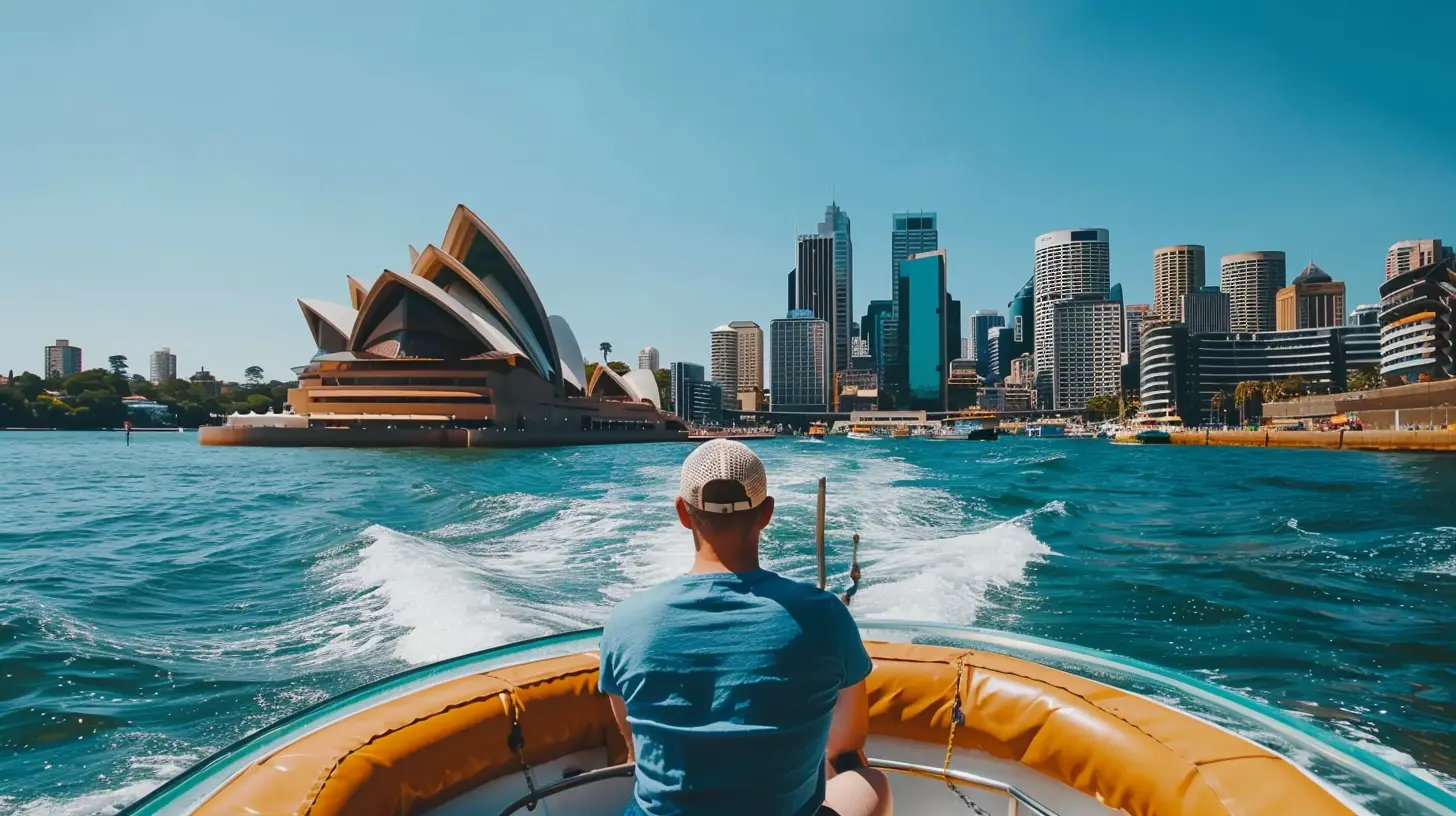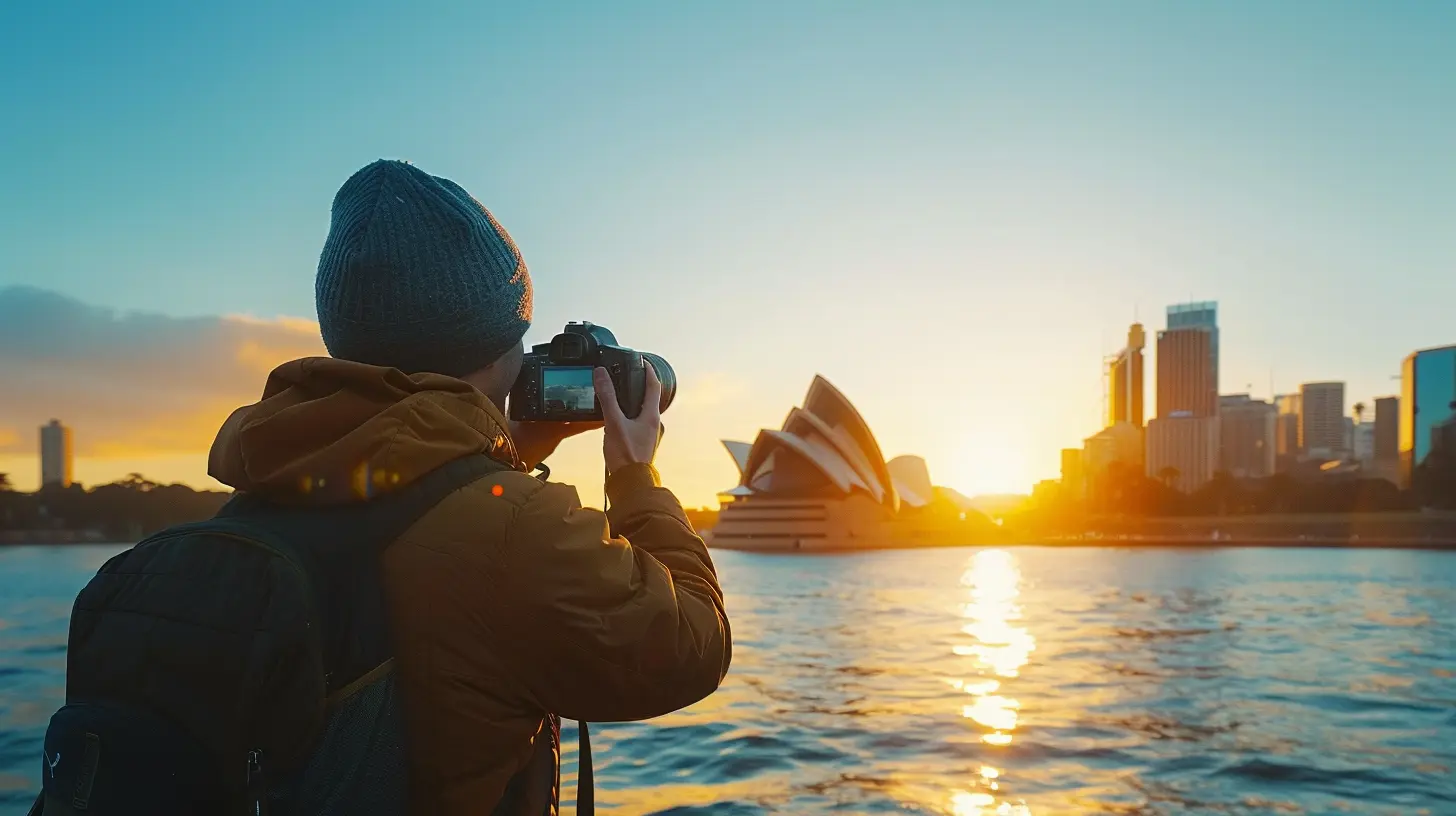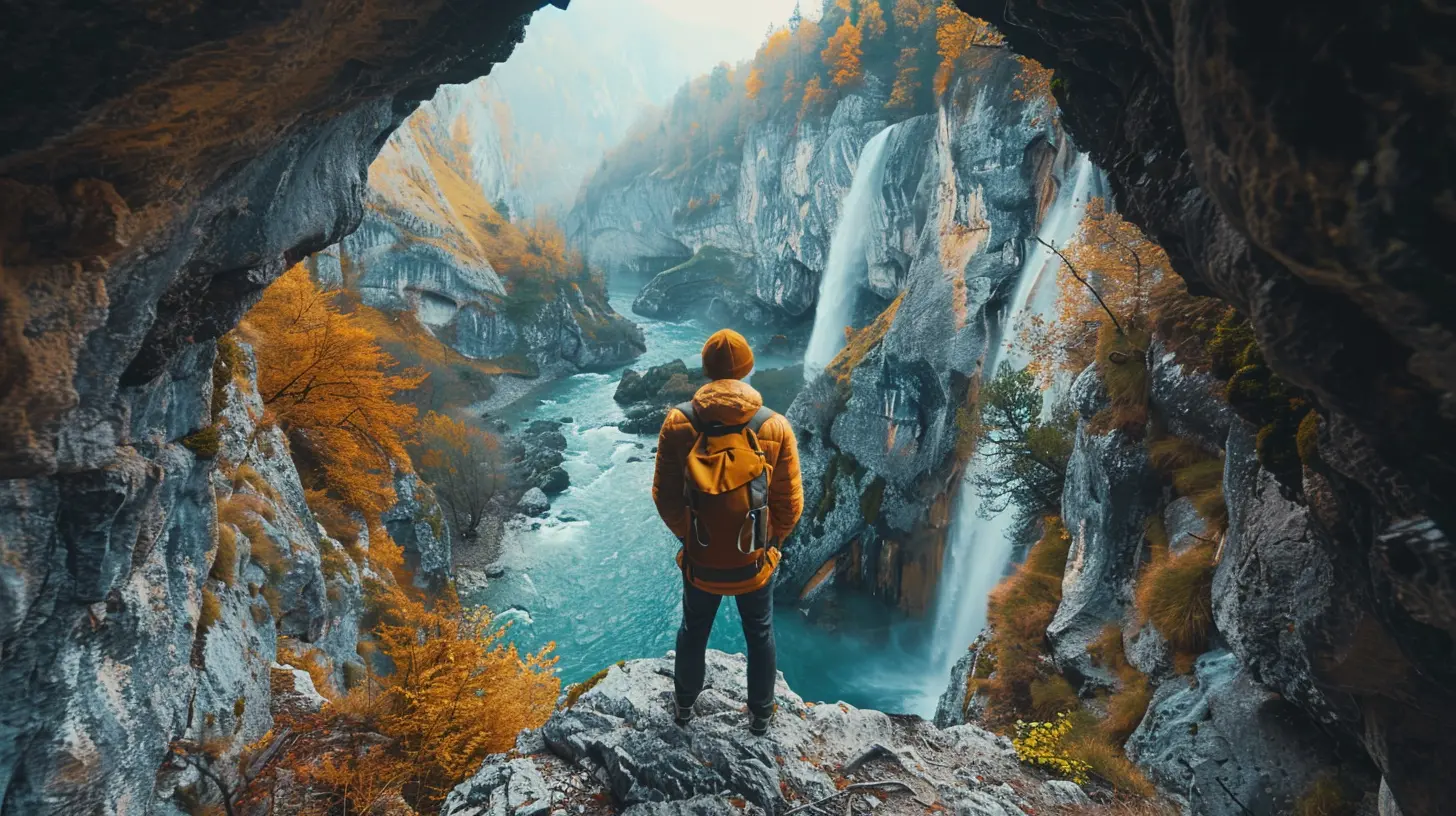Finding Unique Angles to Photograph Popular Tourist Attractions
3 June 2025
Have you ever visited a famous tourist spot, taken a photo, and then realized it looks just like a thousand others you’ve seen online? Yeah, me too. With social media flooded with travel pictures, capturing something truly unique can feel like an impossible challenge. But here’s the good news—you don’t have to be a professional photographer to snap eye-catching, original shots.
The secret? Finding unique angles, perspectives, and creative approaches to showcase even the most photographed places in a fresh light. Let’s dive into some game-changing tips that will set your travel photography apart from the rest.

1. Think Outside the Tourist Box
Every major landmark has a designated “photo spot” where tourists line up to take the same predictable picture. The Eiffel Tower from Trocadéro, the Taj Mahal’s reflection from the long fountain, or Machu Picchu’s classic viewpoint—these shots are stunning, but they’ve been done to death.Instead, ask yourself: What would this place look like from a different perspective? Wander around, crouch low, climb higher (where safe), or even shoot from unexpected angles like behind a tree or through an archway.
Pro Tip:
Try shooting from ground level—for example, capturing the Colosseum in Rome from a worm’s-eye view can make it look even more imposing.
2. Use Foreground Elements for Depth
Want to add depth and intrigue to your shots? Incorporate foreground elements! Framing your subject with flowers, trees, doorways, or even people instantly makes your image feel more immersive.For example, instead of just snapping a direct shot of the Sydney Opera House, find a nearby café and capture it through a window, with steam rising from a coffee in the foreground.
Pro Tip:
Use leading lines—like pathways, fences, or roads—to naturally guide the viewer’s eye toward the main subject.
3. Capture Reflections for Stunning Symmetry
Water reflections can transform an ordinary shot into a mesmerizing masterpiece. Puddles, lakes, glassy buildings, or even sunglasses can provide a mirror-like effect that adds a unique touch.Picture the Louvre Pyramid at night—most people photograph it head-on, but finding a small puddle nearby and capturing the glow in its reflection? That’s next-level creativity.
Pro Tip:
Use reflections creatively even in urban settings—shop windows, shiny car surfaces, or rain-soaked streets can work wonders.
4. Shoot During Unusual Times
Most tourists visit attractions in the middle of the day, but harsh sunlight can wash out colors and create unflattering shadows. Instead, embrace the golden hours—sunrise and sunset—when the sky transforms into an artist’s palette.Even better? Consider night photography. Iconic landmarks like the Eiffel Tower or the Las Vegas Strip take on an entirely new charm after dark.
Pro Tip:
If you’re up for an adventure, try blue hour photography (the period just before sunrise or just after sunset) when the soft blue hues make cityscapes and monuments glow.5. Look for Candid Moments and Human Interaction
A landmark is just a structure until you bring it to life with emotion and human presence. Instead of another static image of the Great Wall of China, why not capture an elderly local guide telling stories to curious travelers?Street musicians, vendors, laughing children, or a couple sharing a moment in front of a historic site can add layers of storytelling that make your photo genuinely captivating.
Pro Tip:
Try capturing tourists in silhouette form against a famous backdrop—this adds a sense of mystery and scale without being overly intrusive.
6. Experiment with Unique Lenses and Equipment
Your choice of lens can completely change the way you photograph a landmark. A wide-angle lens can exaggerate perspectives, creating dramatic effects, while a telephoto lens lets you zoom in on intricate architectural details others might miss.And don’t underestimate smartphone photography! Many modern smartphones offer portrait mode, ultra-wide, and night modes that can work wonders in the right hands.
Pro Tip:
For breathtaking distortion, use a fisheye lens to capture curved perspectives of famous domes or circular plazas.7. Play Around with Shadows and Silhouettes
Shadows and silhouettes create striking, dramatic images and add an air of mystery to even the most familiar locations. Instead of capturing a plain daylight shot of the Pyramids of Giza, try photographing a camel caravan in silhouette against a setting sun.Pro Tip:
For silhouettes, shoot against the light source rather than with it. This ensures your subject remains dark while the background stays bright and colorful.
8. Use Unconventional Framing Techniques
Framing your shot in a creative way can turn a standard image into something extraordinary. Try capturing the Acropolis through a broken fence or viewing the Burj Khalifa through a narrow alleyway between old buildings.Another neat trick? Use an actual frame within a frame—like looking at the Manhattan skyline through the window of an old ferry.
Pro Tip:
You can even create a human frame! Ask a friend to hold up their hands in a heart shape around the setting sun over Santorini’s cliffs.9. Capture Dynamic Weather Conditions
Most people flock to famous attractions when the weather is flawless, but dramatic skies, mist, and even light rain can elevate your pictures beyond the ordinary. Imagine the moody vibes of Stonehenge shrouded in fog or the Eiffel Tower against a stormy backdrop.Pro Tip:
If you’re shooting in the rain, use reflections on wet streets to add texture and mood.
10. Tell a Story Instead of Just Taking a Picture
A great photo isn’t just about aesthetics—it tells a story. Instead of solely focusing on the landmark, capture the journey—the anticipation leading up to the place, a child’s wide-eyed wonder, or even the chaos of navigating a crowded city square.Think of a single image as a scene in a movie rather than just another snapshot.
Pro Tip:
A sequence of shots (like a travel diary in photos) can make your visual storytelling even more powerful.Final Thoughts
Photographing famous landmarks in a unique way isn’t about having the best camera or the most expensive gear—it’s about training your eye to see things differently. Step away from the usual tourist vantage points, embrace creativity, and most importantly, capture what feels special to you.Why settle for a carbon copy of someone else’s shot when you can transform your travel photos into personal works of art? So the next time you visit a world-famous attraction, challenge yourself to find that fresh angle. Who knows—you might just capture something the world has never seen before.
all images in this post were generated using AI tools
Category:
Photography TipsAuthor:

Shane Monroe
Discussion
rate this article
3 comments
Talia Sheppard
This article provides excellent tips for capturing unique perspectives of famous landmarks. By exploring unconventional angles and lesser-known viewpoints, photographers can transform mundane shots into stunning visuals that truly showcase the beauty and character of popular tourist attractions.
June 11, 2025 at 3:16 AM

Shane Monroe
Thank you for your feedback! I'm glad you found the tips helpful for capturing unique perspectives of iconic landmarks. Happy shooting!
Riven McNeal
Great insights! Capturing popular tourist spots from unique angles truly elevates photography. It’s all about perspective—whether it's a different vantage point, creative framing, or incorporating local elements. This approach not only enhances images but also tells a richer story about the destination.
June 3, 2025 at 3:48 PM

Shane Monroe
Thank you! I completely agree—unique angles and creative framing really bring out the essence of a destination and tell a more compelling story.
Willow McMurtry
Creativity in perspective transforms the ordinary into the extraordinary.
June 3, 2025 at 4:20 AM

Shane Monroe
Absolutely! Viewing iconic sites from unique angles truly unlocks their hidden beauty and charm.



